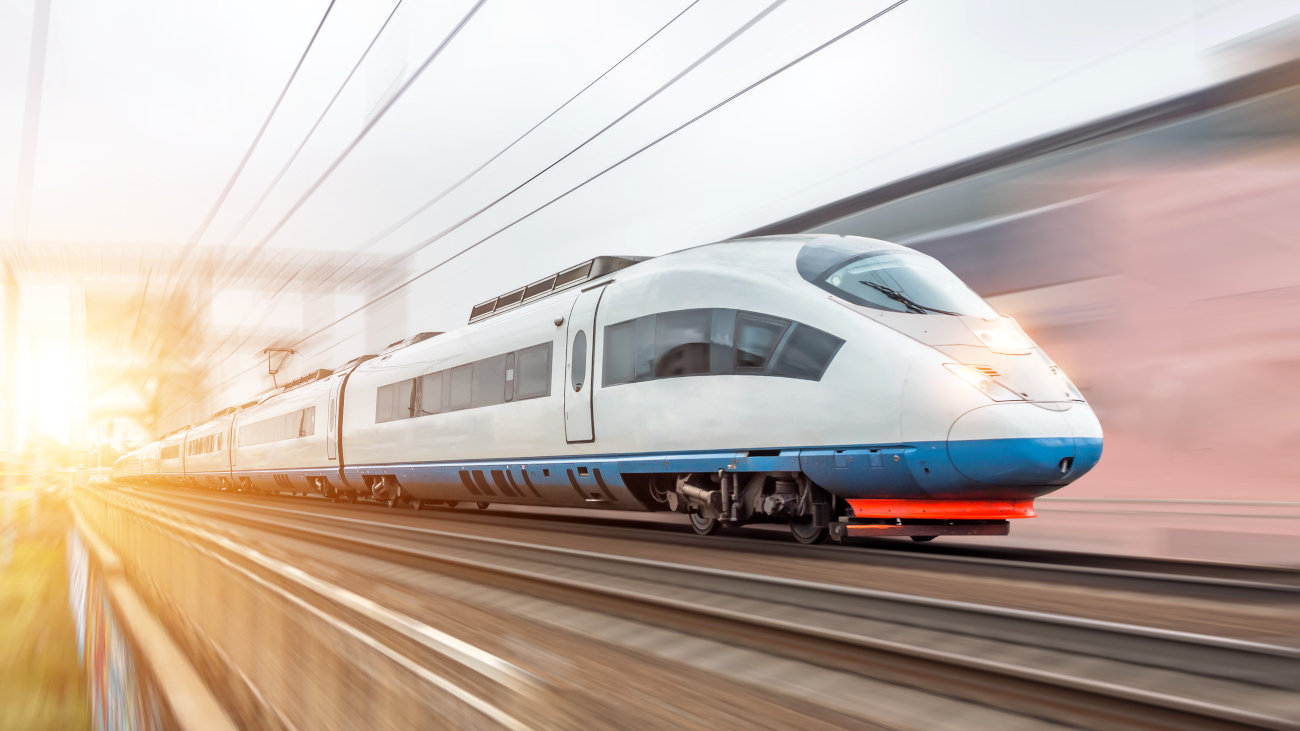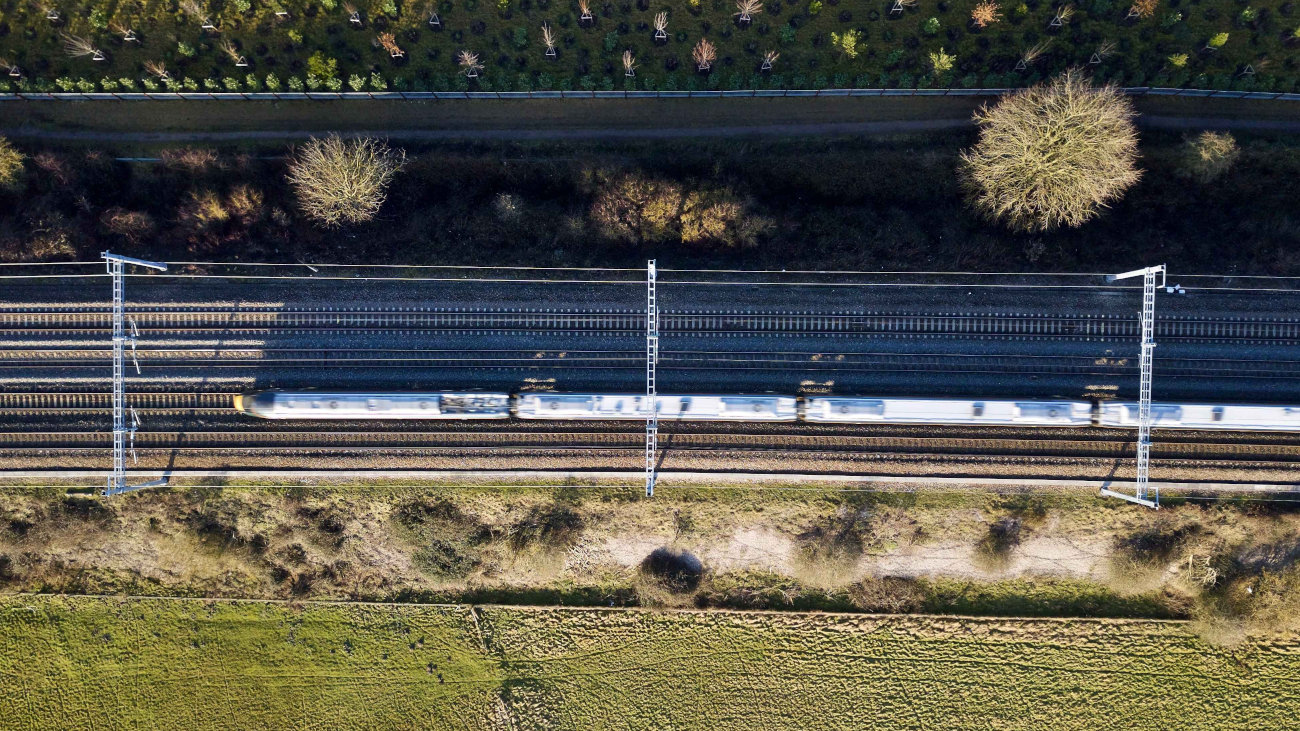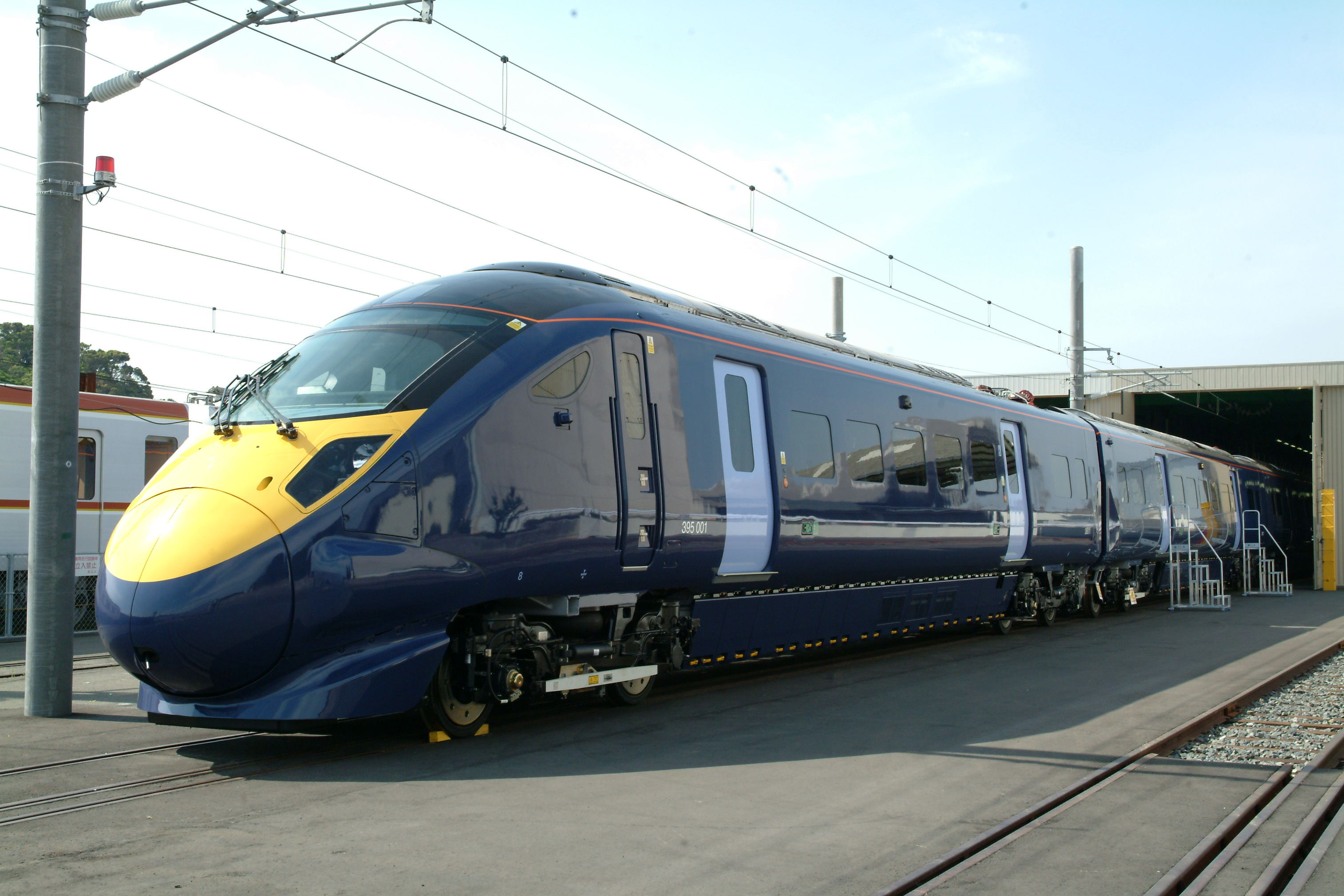Delivering affordable new rail infrastructure in the UK
This article has been published as part of the High Speed Rail Group's new report, 'Driving Investment in Rail Infrastructure', available now.
New rail infrastructure brings a multitude of benefits. Socially, it bridges communities, fostering inclusivity and accessibility to essential services. Economically, it spurs growth, creating jobs and stimulating investment. Environmentally, it offers a greener alternative, reducing carbon footprints and alleviating traffic congestion. By enhancing connectivity, rail networks unlock the potential for regional development. They also improve quality of life and promote sustainable practices. The design, construction, operation and maintenance of rail infrastructure also generates substantial local employment opportunities, and in many cases is the lifeblood of many small towns and cities.
Despite these well-known, and widely accepted benefits, the UK is generally disconnected, and poorly served by rail, particularly in northern England. While our friends across the Channel in France have built and opened approximately 480km of new high speed rail lines over the past decade, the last new high speed rail lines in the UK opened in 2007. Recent expansions to the network in France have significantly cut travel times from Paris to southwestern France and Strasbourg, and improved regional accessibility and connectivity within Brittany. These additions to the French rail network have already bolstered regional tourism, jobs and economic growth.
But these benefits are typically masked or completely ignored when high profile rail infrastructure projects go over budget or are delayed. All too often, this negativity dominates the narrative in the media and among politicians, leading to projects being curtailed, cancelled, or not taken forward. Uncertainty in the UK’s infrastructure project pipeline is also discouraging people from choosing careers in the sector, and encouraging experienced people to explore opportunities abroad.
As highlighted in Mott MacDonald’s report ‘How to kickstart a northern renaissance’, a new rail link between Leeds, Bradford and Manchester would more than double the size of the available labour market, and unleash the productive economic potential of cities and towns along the route. But, if we are to make the case for investment in new rail networks across the UK as a catalyst for social and economic growth, we need to address the reasons for overspending and delay, and clearly show how we can deliver future projects on time and on budget. Since many of these projects are publicly funded, the UK rail infrastructure industry needs to rebuild confidence in our ability to deliver value for taxpayers as well as articulate and demonstrate the long-term benefits these projects deliver for them.

We must focus on two overarching points:
- deliver more pragmatic, realistic solutions with a minimum viable product (MVP) and functional mindset; and
- rebuild confidence, so that we can get on with delivering new rail infrastructure in the UK where it is most needed.
The recently published 'BlueprintforGrowth' highlighted key measures to boost the UK's growth and productivity. It has been produced by 12 tier one UK infrastructure and construction contractors and consultants and it includes useful information on some of the key reasons why major UK infrastructure projects, including rail, lead to cost escalations, delays, and loss of public support. These include:
- Public infrastructure investment is often characterised by a stop-start funding approach, with responsibilities for infrastructure divided among various government departments, wich adds complexity to delivery.
- Many major infrastructure projects are given the green light for political reasons before their design has reached a sufficient level of maturity. This means that budgets are often unrealistic from the start.
- Current planning and consenting processes for UK infrastructure projects and local politics often contribute to delays in delivering major schemes, sometimes over minor issues that take considerable time to resolve.
There has also been some criticism that the UK rail industry has a tendency for ’gold-plating’. This often refers to the perception that projects are designed with excessive features or specifications that go beyond what is deemed necessary, leading to higher costs.
Examples of this are seen across the world, such as rail projects with very high design speeds (e.g. over 350km/h) specified. This has led to increased costs for the following reasons:
- Higher speeds require more precise engineering, including straighter and smoother tracks, which can be more expensive to construct, especially in densely populated or geographically challenging areas.
- Faster trains necessitate more advanced safety systems and infrastructure to manage the increased kinetic energy, which adds to the cost.
- Mitigating the environmental impact of high speed trains, such as noise pollution, requires additional investment in sound barriers and other protective measures.
- In some cases, trains need to integrate with the existing rail network, which is not designed for such speeds. This requires careful planning, engineering and integration to ensure compatibility and seamless operation.
- Higher speeds result in greater wear and tear on both the trains and the tracks, leading to higher maintenance costs over time.
The discussions around ‘gold-plated’ designs also touch on broader issues of infrastructure investment in the UK, where significant funding is required to address mitigation issues that are required to comply with planning/consenting approvals.
I have also heard from several leaders in our industry that we like to build ‘iconic transport monuments’ in the UK. Over the past few decades, new rail schemes have been characterised by highly aesthetic station designs. In contrast, new European rail stations tend to be more functional and a lot cheaper to design, build and maintain. Recent examples of European high speed rail stations that efficiently handle large volumes of passengers and provide easy transfers between different modes of transport, but have also been designed and built with functionality and cost-effectiveness in mind are: Madrid Atocha Station in Spain, Lille in France and Liège-Guillemins Station in Belgium.

MVP: meeting the users' needs without unnecessary features or complexity
Accurate pricing for major rail projects relies on a clear understanding of project outcomes, scope and constraints, reducing risks and fostering collaboration. And to help reduce costs and improve certainty in delivery, we should design with a minimum viable product and functional mindset.
This means ensuring that once the project outcomes and scope are clearly defined, the most basic version of the structure and/or system that will provide value to the users and stakeholders, is identified and developed.
By applying this approach, projects will be more responsive to actual user needs and market demands, potentially saving time and resources while ensuring a better fit for the end product. Remember, this is not about delivering a sub-standard product; it’s about smartly investing effort to create a product that meets the users’ needs without unnecessary features or complexity.
Taking a modular approach to design can save significant time and cost
Modern Methods of Construction (MMC) also offer significant efficiency gains. For new rail infrastructure, elements like a bridge or tunnel and station/depot building components can be standardised and simplified into modular elements that can be manufactured, transported, and assembled in the same consistent manner. But, as mentioned below, this relies on detailed ground investigation (GI) data to ensure designs match the actual ground conditions. Other elements can also be standardised, such as signalling rooms, ventilation facilities and track beds, to reduce complexities in supply, transport and installation.
A modular design approach offers advantages beyond scalability and standardisation. It has cost and time savings in design and erection on site, and offers a consistent and unifying aesthetic that can be locally adapted to reflect its location.
This approach would also direct us to more functional designs, particularly for stations, which will be cheaper to design, build and maintain.
More mature designs mean more mature decisions
Design must be sufficiently mature. Sufficient information (such a GI data) should be available to allow for better identification and management of risks and areas of complexity that may require more focused attention, and which can be factored into the contingency planning. This ensures that the project is prepared for unforeseen events and a mature design minimises the chances of scope creep – where the project expands beyond its original objectives, often leading to increased costs and delays.
Other strategies that can help improve the efficiency of rail project delivery, include:
- Make critical decisions early in the project lifecycle to avoid complications later. Apply the same energy and rigor in the first third of a project that is traditionally applied in the last third. This can make subsequent phases much smoother.
- Effective leadership is crucial for driving the project forward and facing up to difficult decisions early on, even when stakeholders have conflicting interests.
- Utilise digital technology and data in the design process to manage risk and cost. This can help in providing information about the decisions and using data to model outcomes.
- Commit to using building information management, from design to construction, to ultimately deliver a digital twin to operations.
- Focus on collaboration to deliver project objectives and reduce waste in the construction process. Recognise responsibilities and hold each other accountable.
- Ensure that consultants and contractors have high-quality resources and strengthen project-management and delivery capabilities.

We can only do this if there’s future investment. Let’s use our success stories to build confidence
We also need to be better advocates for the long-term social and economic benefits of these projects, and help rebuild confidence in our ability to deliver value for taxpayers. And there are some great examples.
The High Speed One (HS1) project provides a case in point. HS1 is the UK’s only operational high speed railway and its construction building of HS1 has had a massive positive impact, benefitting the regions, people and communities that it serves. HS1, and the services which make use of the high speed line, supports more than £427 million of economic benefits to the UK and continental Europe every year. The Kent economy, London and key destinations in Europe also benefit from international services.HS1 contributes more than £400 million of annual trade between the South East and Europe, unlocks foreign direct investment and supports £2 billion of tourist expenditure each year. HS1 has identified key lessons from assumptions made during its planning, design and construction phases, and how these improvements could have been made earlier in the scheme to improve project outcomes. These include location of infrastructure and rolling stock depots, engineering, train fleets and the operations and maintenance methodologies and technologies.
The Elizabeth line was late and over budget when it opened in May 2022, but it has also delivered several significant achievements, which help makes the case for new rail infrastructure as an investible proposition in the UK:
- More than 350 million passenger journeys since opening
- Added an estimated £42 billion to the UK economy
- Spurred the development of 55,000 new homes, with the potential for another 15,000 as well as 8000 jobs
The current High Speed Two (HS2) project is under construction and is already yielding significant benefits to the UK economy. Highlights include:
- More than 30,000 jobs supporting the building of the railway
- More than 1500 apprenticeships created
- More than 4000 formerly unemployed people supported into work on the project
- 3300 UK businesses across every region have won work 70% of which are small to medium enterprises (SMEs)
- one million trees planted as part of HS2’s green corridor
- £16 million of community funding awarded to support more than 280 community projects.
The UK rail infrastructure industry faces significant challenges, but also tremendous opportunities. Projects to date demonstrate the transformative potential of new rail infrastructure.
Industry and government must address issues of cost overruns, delays and negative public perception and learn from past experiences.
By doing so, these projects can deliver value for taxpayers, meet the needs of users, and make new rail infrastructure an investible proposition in the UK. This will not only drive the industry forward but also contribute to the broader social and economic growth of the country.
It's down to all of us in our industry to embrace change and also express our confidence, putting rail back at the top of the agenda, and creating a better and more connected future for the UK.
The future of rail in the UK is bright, and with the right approach, the industry can overcome current challenges and unlock its full potential.
2023 annual review
£2bn management, engineering and development consultancy operating from 180 principal offices.





